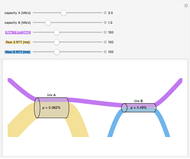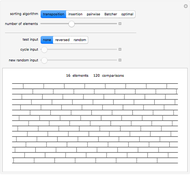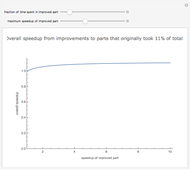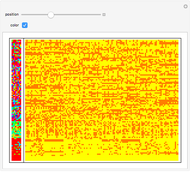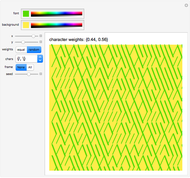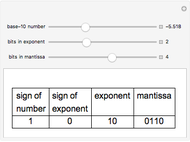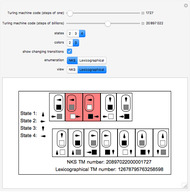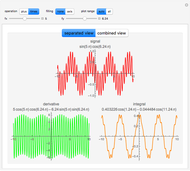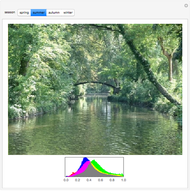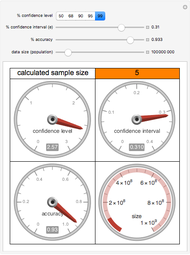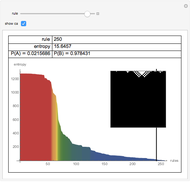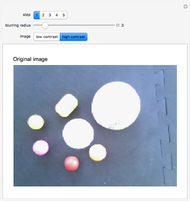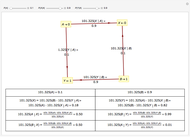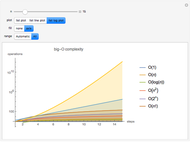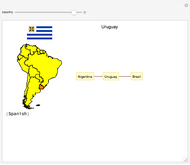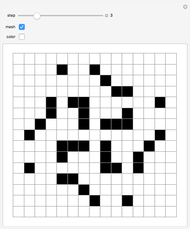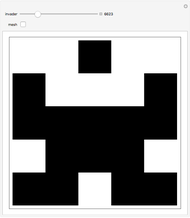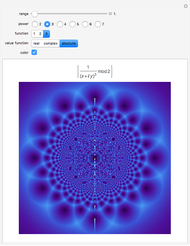Binary Program Pattern

Requires a Wolfram Notebook System
Interact on desktop, mobile and cloud with the free Wolfram Player or other Wolfram Language products.
The raw code in assembly language does not look like a high-level computer language (such as C, Lisp, Pascal, or even Mathematica). The computer processor uses machine language, which is a binary code of ones and zeros.
[more]
Contributed by: Daniel de Souza Carvalho (July 2012)
Open content licensed under CC BY-NC-SA
Snapshots
Details
detailSectionParagraphPermanent Citation
"Binary Program Pattern"
http://demonstrations.wolfram.com/BinaryProgramPattern/
Wolfram Demonstrations Project
Published: July 6 2012








